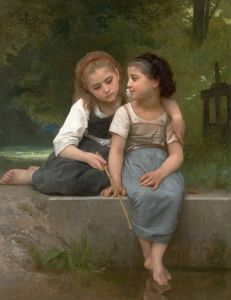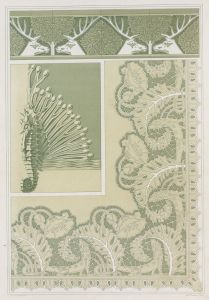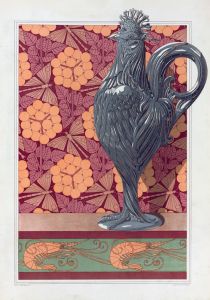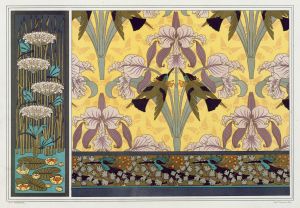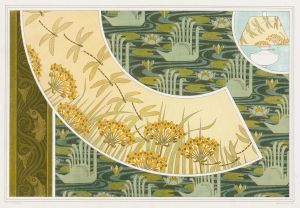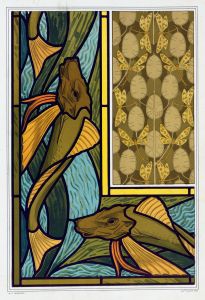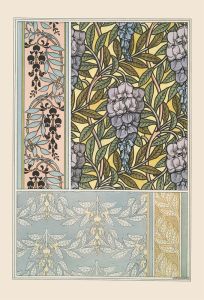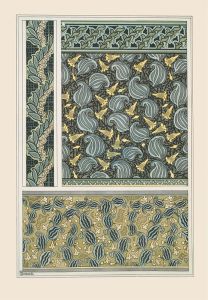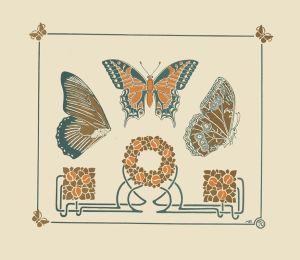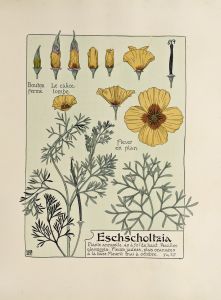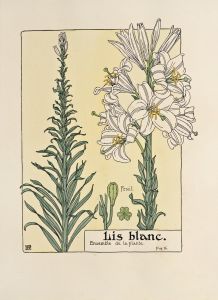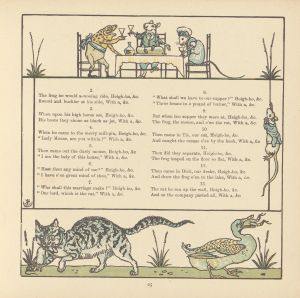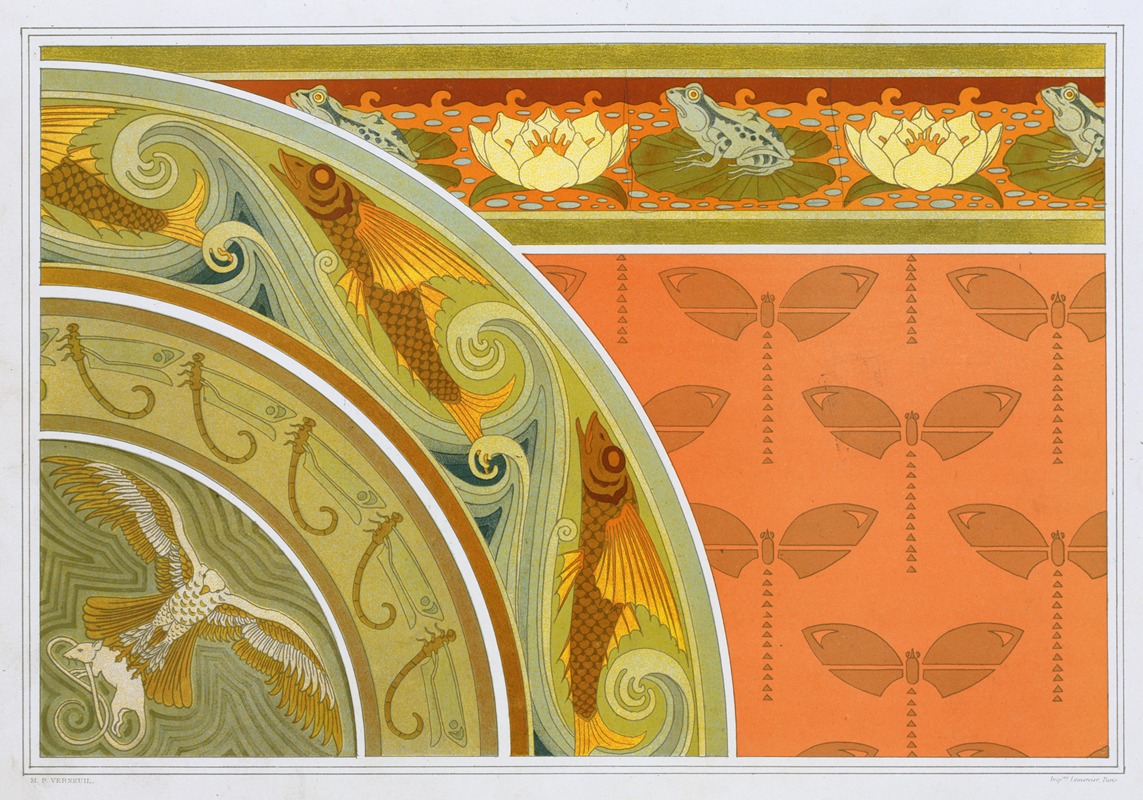
Grenouilles et nénuphars, bordure; libellules, pochoir; poissons volants, libellules, bordures; milan et rat
A hand-painted replica of Maurice Pillard Verneuil’s masterpiece Grenouilles et nénuphars, bordure; libellules, pochoir; poissons volants, libellules, bordures; milan et rat, meticulously crafted by professional artists to capture the true essence of the original. Each piece is created with museum-quality canvas and rare mineral pigments, carefully painted by experienced artists with delicate brushstrokes and rich, layered colors to perfectly recreate the texture of the original artwork. Unlike machine-printed reproductions, this hand-painted version brings the painting to life, infused with the artist’s emotions and skill in every stroke. Whether for personal collection or home decoration, it instantly elevates the artistic atmosphere of any space.
Maurice Pillard Verneuil was a prominent French artist and designer known for his contributions to the Art Nouveau movement. His work often featured natural motifs, drawing inspiration from the flora and fauna around him. One of his notable works is "Grenouilles et nénuphars, bordure; libellules, pochoir; poissons volants, libellules, bordures; milan et rat," which showcases his distinctive style and thematic interests.
Verneuil was born in 1869 and became an influential figure in the decorative arts during the late 19th and early 20th centuries. He was particularly known for his use of vibrant colors and intricate patterns, which were hallmarks of the Art Nouveau style. This movement sought to break away from traditional artistic conventions, emphasizing organic forms and the beauty of the natural world.
The artwork "Grenouilles et nénuphars, bordure; libellules, pochoir; poissons volants, libellules, bordures; milan et rat" exemplifies Verneuil's fascination with nature. The title itself, which translates to "Frogs and Water Lilies, Border; Dragonflies, Stencil; Flying Fish, Dragonflies, Borders; Kite and Rat," suggests a rich tapestry of natural elements. These subjects are depicted with a keen attention to detail, highlighting Verneuil's skill in capturing the essence of his subjects.
Verneuil often employed the pochoir technique, a method of hand-stenciling that allowed for vibrant and precise color application. This technique was popular during the Art Nouveau period and was used to produce high-quality prints. The use of pochoir in this artwork would have enabled Verneuil to achieve the vivid colors and intricate details that characterize his work.
The inclusion of diverse elements such as frogs, water lilies, dragonflies, flying fish, and a kite and rat, reflects Verneuil's interest in the interconnectedness of nature. Each element is rendered with a sense of movement and life, inviting the viewer to appreciate the complexity and beauty of the natural world. This thematic focus is consistent with the broader goals of the Art Nouveau movement, which sought to harmonize art with the natural environment.
Verneuil's work was not only appreciated for its aesthetic qualities but also for its contribution to the decorative arts. His designs were used in various applications, from textiles to wallpapers, influencing the visual culture of his time. The motifs he employed in "Grenouilles et nénuphars, bordure; libellules, pochoir; poissons volants, libellules, bordures; milan et rat" would have been well-suited for such decorative purposes, embodying the elegance and fluidity that Art Nouveau celebrated.
Throughout his career, Verneuil collaborated with other artists and designers, contributing to the dissemination of Art Nouveau principles. His work was exhibited in various international expositions, further cementing his reputation as a leading figure in the movement. Today, his artworks are held in high regard, appreciated for their artistic innovation and their role in the evolution of modern design.
In summary, Maurice Pillard Verneuil's "Grenouilles et nénuphars, bordure; libellules, pochoir; poissons volants, libellules, bordures; milan et rat" is a testament to his mastery of the Art Nouveau style. Through his use of natural motifs and the pochoir technique, Verneuil created a work that captures the vibrancy and intricacy of the natural world, reflecting the movement's ideals and leaving a lasting impact on the decorative arts.





